Stories of Building No.1 – The building that carries on history.
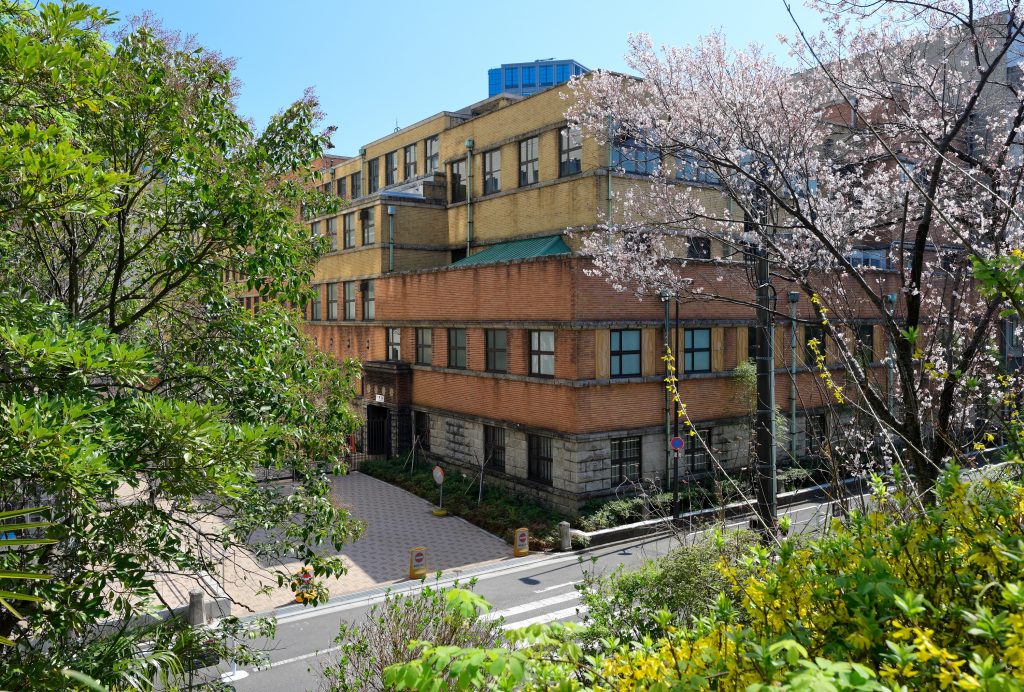
The four-story brick building can be seen walking down Sophia Street along Sanada Bori from Yotsuya Station. In between classes, there are areas where students can relax and enjoy their free time under the blue sky. This building, known as one of the landmarks of the campus, is Building No. 1, which was completed in June 1932 and is the oldest existing building on the campus. Used as classrooms for all departments and faculties, it is an indispensable part of campus life for students.
1.Selected as one of the Historic Landmarks by the Tokyo Metropolitan Government.

As of January 2025, 105 of these properties have been selected by the Tokyo Metropolitan Government as Historic Landmarks, which are designated by the Tokyo Metropolitan Government as buildings of historical value (excluding cultural assets) that were built 50 years ago and are significant in terms of their landscape. No. 1 Bldg. was the first building owned by Sophia University to be selected in June 2024. According to the Tokyo Metropolitan Government’s press release (*1), an overview of No. 1 Building is as follows: “The building was designed by Max Heindel, a Swiss architect who designed Catholic churches throughout Japan from the Taisho era to the early Showa era in the German style and is a valuable surviving example of such architecture.
2.Elevation to university status and construction of a new school building
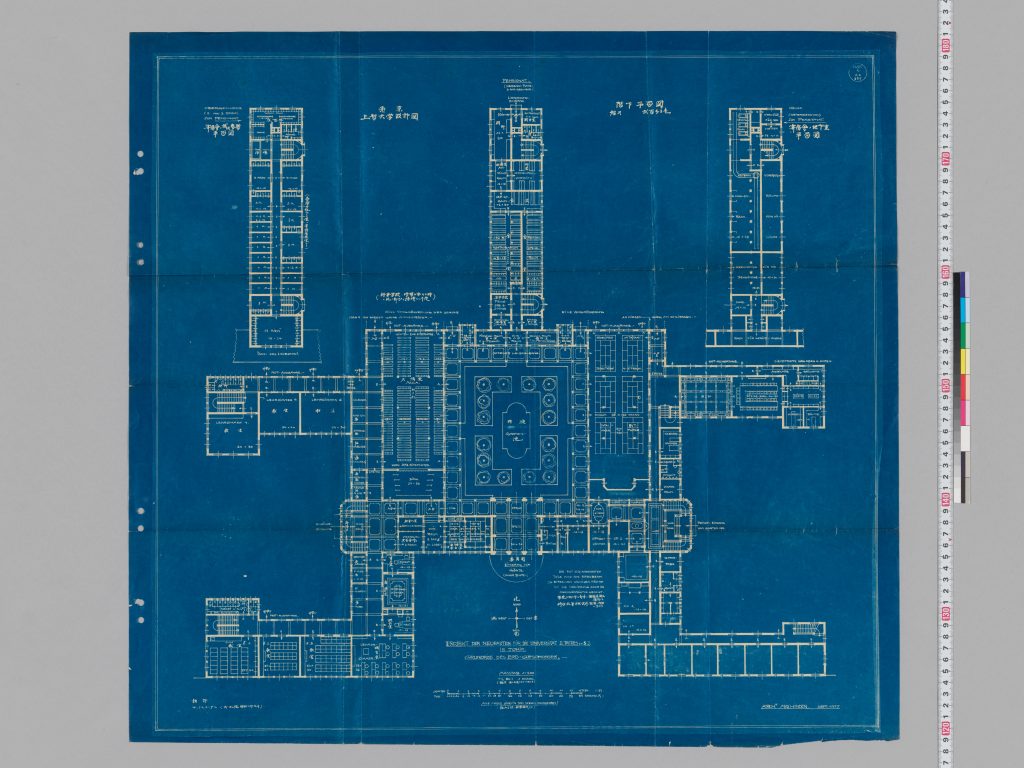
When Sophia University was founded in 1913, the campus had only one building, the red brick school building (later destroyed in the Tokyo air raid of 1945), and there was no large building such as Building No. 1. In 1928, the university was granted university status by law, and the Faculty of Humanities (Philosophy and Literature) and the Faculty of Commerce were established. In order to accommodate the large number of students, it was necessary to construct a building that could accommodate the large number of students. In fact, a plan to move the campus to Chitose-mura (then in Setagaya, Tokyo) was also under consideration. Hindel’s magnificent blueprints of the school buildings still exist. In the end, however, the relocation was not realized, and the construction of a new school building (Building No. 1, with a floor area of approximately 4,582 square meters) began on the Yotsuya campus.
3.Financing the Construction – Hopes and Wishes of the People of Germany, France and the United States
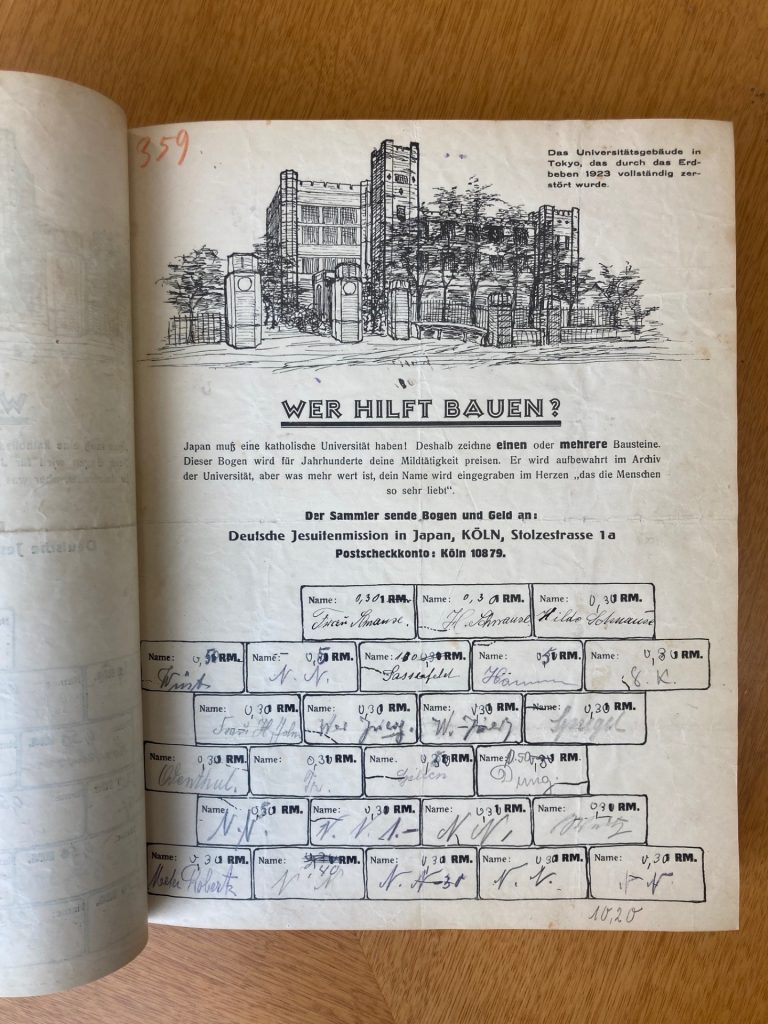
The construction was financed by donations. The fundraising effort was led by a German, Father Bruno Bittel (1898-1988). He appealed to Catholic churches and schools not only in Germany but also in the Netherlands, France, and the United States “for a new building for the Catholic University of Japan”. The fundraising form shows a picture of a red brick school building before the collapse in the earthquake, with a text asking for support and an illustration of a brick with one Reichsmark (1 RM, the official currency of Germany at the time) printed underneath. It appears that donors signed the bricks according to the amount of money they were willing to donate. This activity was called “brick donation”. It conveys the fact that Building No. 1 was built by the goodwill of people from various countries.
4.Building No.1’s role – what changes, what stays the same
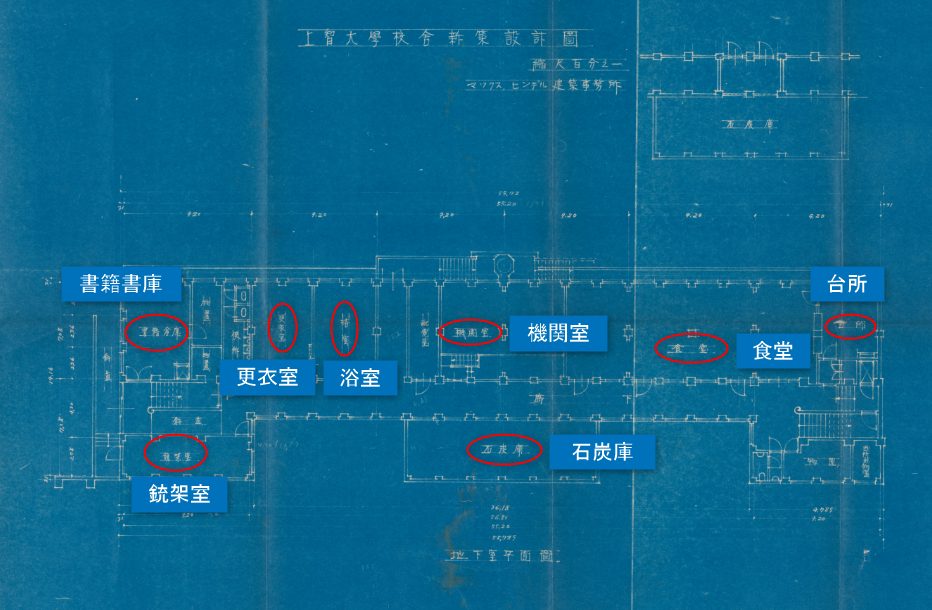
When the building was completed in 1932, there was also an entrance from what is now Sophia Street. The floor plan and other information indicate that the basement contained a library, dining room, coal storage, gun safe, bathrooms, etc.; the first floor had a library and administrative offices; the second floor had classrooms and an auditorium; and the third and fourth floors were classrooms. Building No. 1 was the only school building on the campus for about 20 years, which gives an idea of how important its role was.
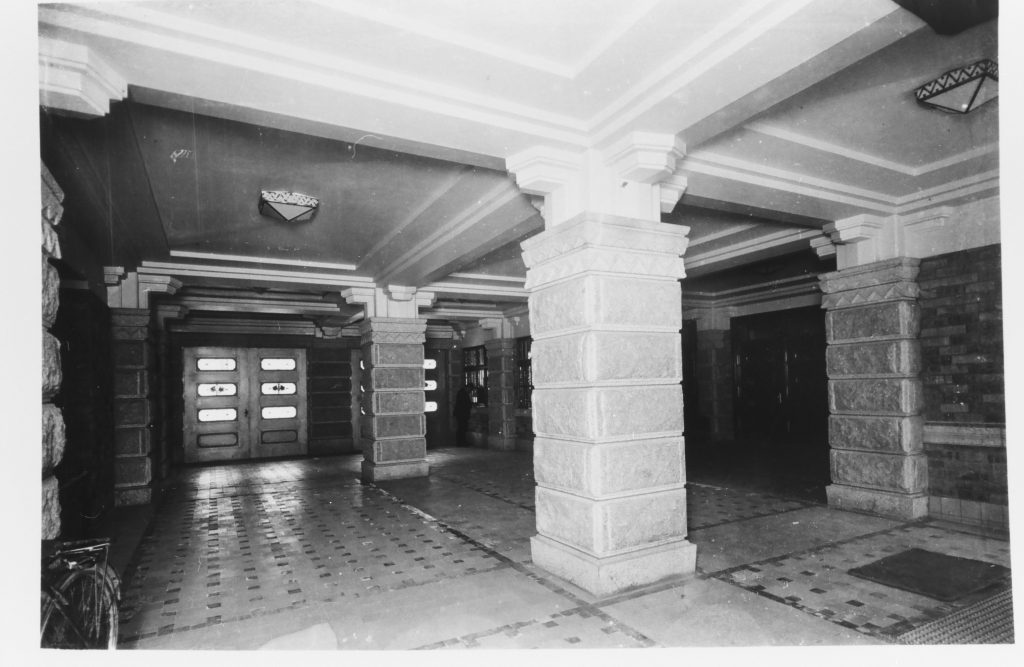

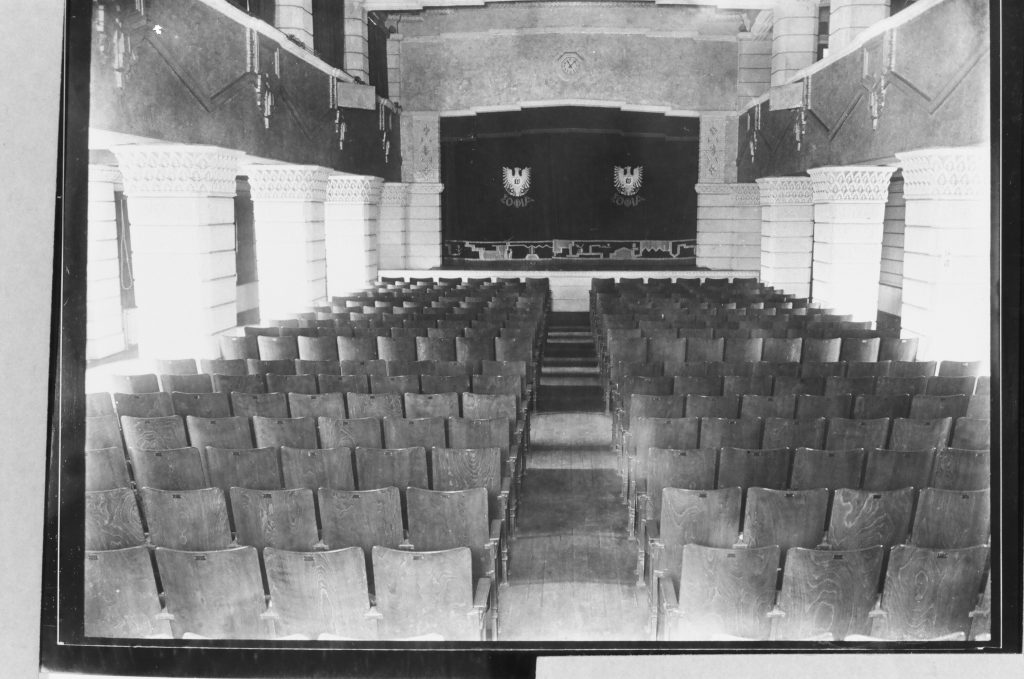
After the war, land was purchased in Kojimachi 6-chome (near the locations of current buildings 2, 6, 7, and 12), and faculties and departments were added in the 1960s and 1970s.
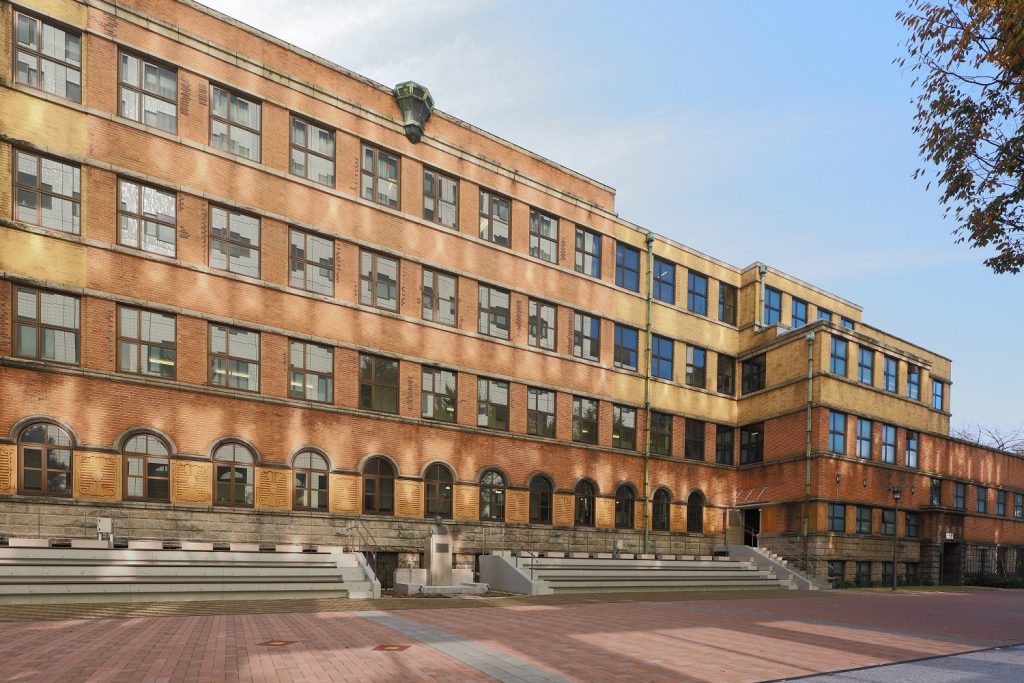
The ground floor of Building 1 no longer serves its former purpose and is now used primarily as classrooms. The auditorium is still used for theatrical performances. In September 2022, the “S-Terrace,” a staircase-like space for rest and recreation, was installed along the exterior wall, and the bust of the first president of Sophia University, Hermann Hoffmann (1913-1937), stands in the center of the building, with Building No. 1 in the background, surrounded by students as it always has been. The statue will continue to watch over the students and Sophia University.
(※1)Press release on the official website of the Tokyo Metropolitan Government (Bureau of Urban Development, June 14, 2024) (viewed February 7, 2025)
(※2)Courtesy of Rekiken Architectural Archive
(※3) 15 buildings, including buildings No. 1 through No. 4 and No. 6 through No. 14, which are mainly used for classes, and Hoffman Hall, which is used for student club activities, as of February 2025.
Reference: “SOPHIA” on the Web “Building No. 1 by Brick Donation
Photographs and historical materials marked with an asterisk (*) are in the collection of the Sophia Archives.